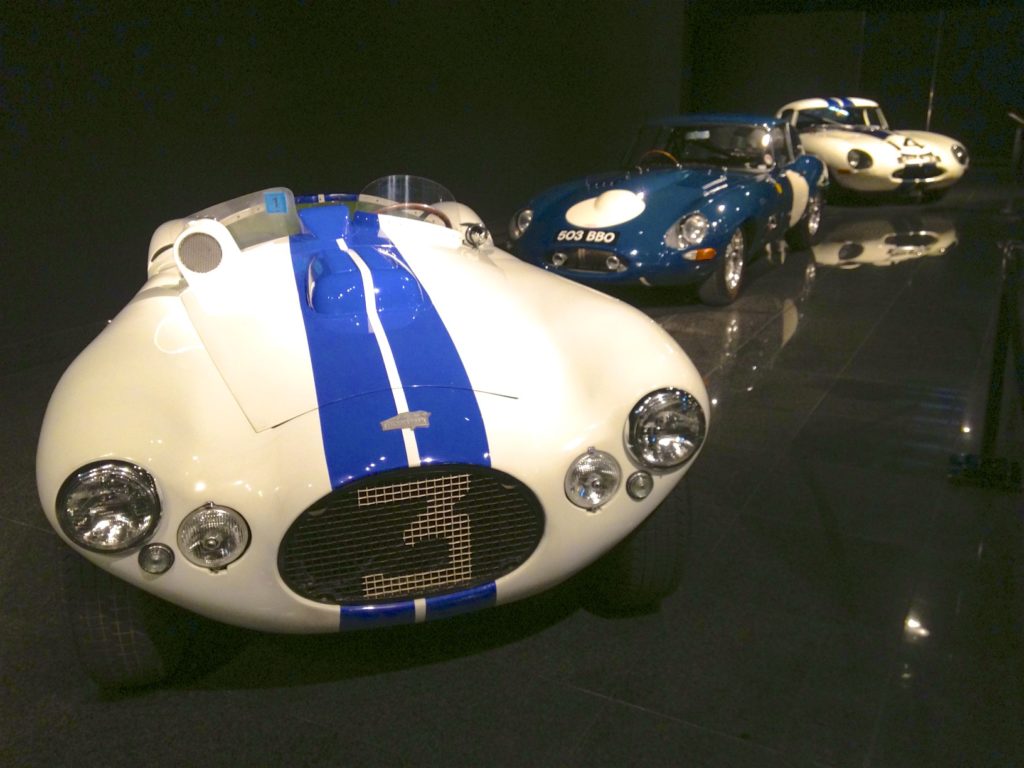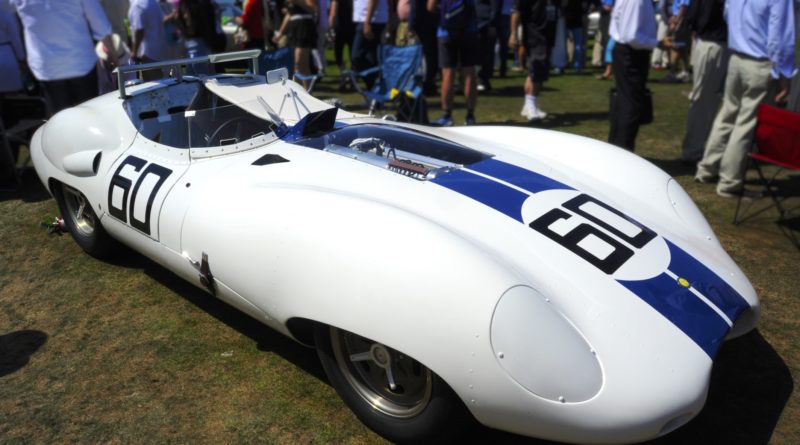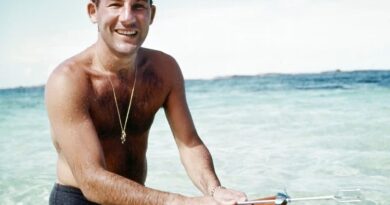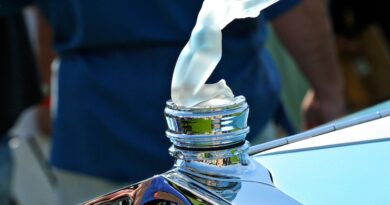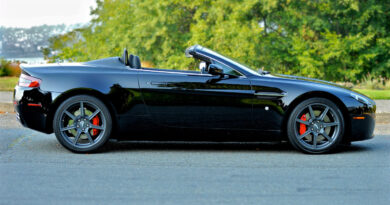Briggs Cunningham
Cunninghams were the brainchild of Briggs Cunningham. He wanted to win at LeMans with an American car. To do so, he needed to build street cars for homologation and financial reasons. These are some of his efforts. The Cunningham Vignale cars were designed by Giovanni Michelotti. Briggs teams raced several times at LeMans with 3 class wins from ’52 to ’54, and overall bests of 3rd, 7th & 10th in ’53, and 3rd & 5th in ’54.
Briggs was born into a wealthy family, as his father inherited a meatpacking business and founded Citizens National Bank. Briggs was known as a modest and self-effacing man even though he excelled at Yale in golf, tennis and sailing. He was particularly adept at yachting, and in 1958 captained the winning 12-meter yacht “Columbia” in the America’s Cup off Long Island. He even married well, wedding Standard Oil heir Lucie Bedford in 1929.
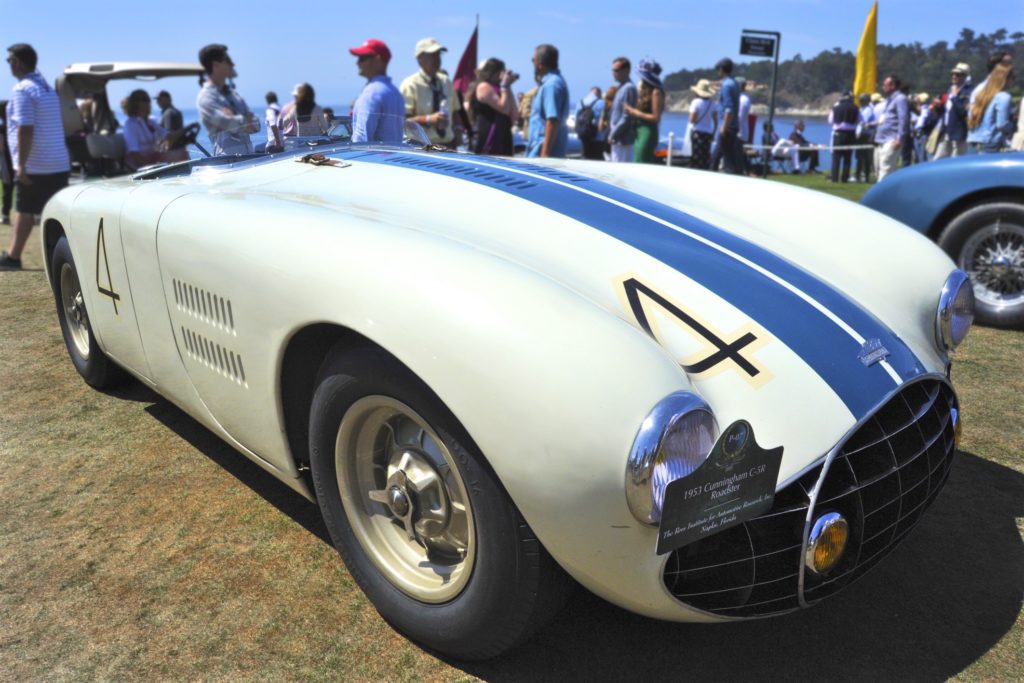
Briggs began racing in earnest around 1935, and his interest in LeMans was piqued when he saw the race on his honeymoon. With his desire to compete at LeMans, Cunningham gained entry to “the race” in 1950, but only after a recommendation from Ferrari driver Luigi Chinetti, the 1949 LeMans winner. He had originally wanted to enter two Bill Frick Fordillacs (a combination of Ford chassis & body with a Cadillac engine and gearbox) but LeMans officials rejected the car because it was not in the spirit of the race rules. So, he acquired a couple of Cadillac 61’s and put a new body on one of them. The boxy result was referred to as “Le Monster” by the French. It placed 11th, trailing their almost stock Cadillac 61 in 10th. Realizing they needed better preparation to race at LeMans, Cunningham hired Frick and Phil Walters to build a new car. The C-1 roadster, fitted for road use and powered by a Cadillac V8 modified to 220 HP, was the first result. It was followed quickly by three C-2s that used Chrysler Hemi V8s after Cadillac withdrew support. The Hemis were obtained through another Briggs friend, whose father happened to be President of Chrysler. Nice to have connections, but only one of the C-2s would finish LeMans – a lowly 18th in 1951. For ’52, three all new C-4Rs were built. One finished 4th (1st in class), but the other two DNF’d. In 1953, another new car, the C-5R capable of 160 MPH was entered. It finished 3rd (1st in class) with two of the C-4Rs finishing 7th (2nd in class) and 10th.
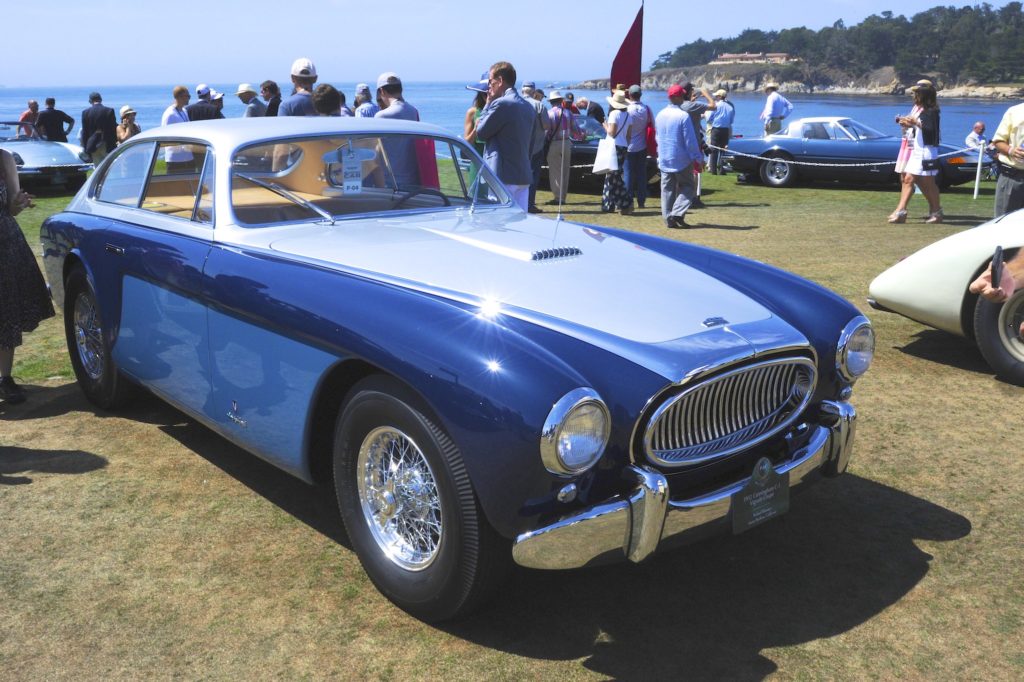
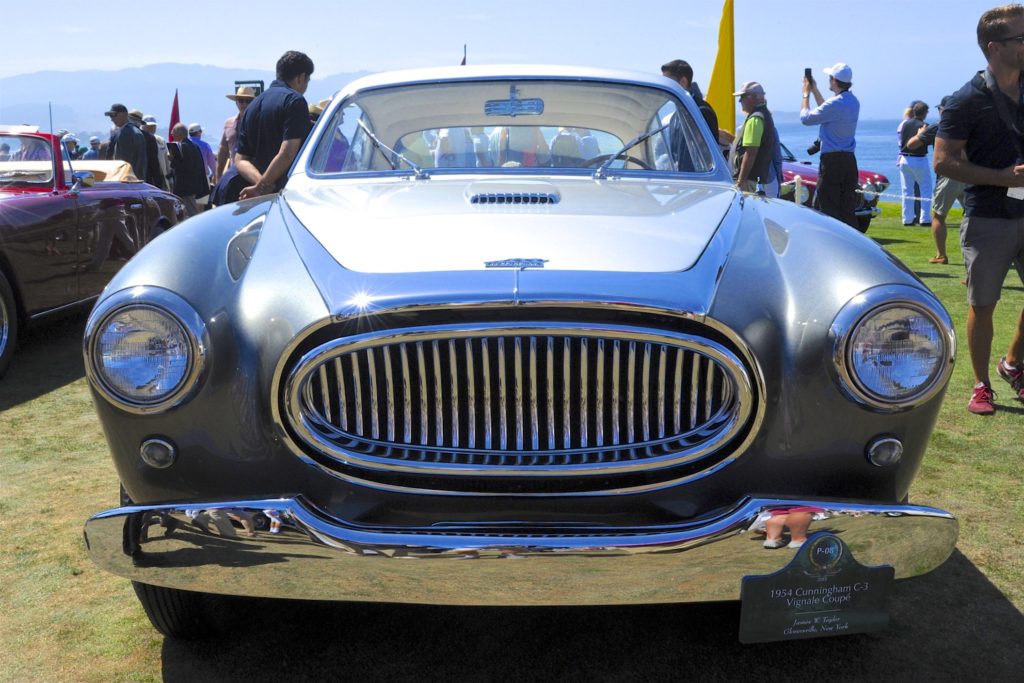
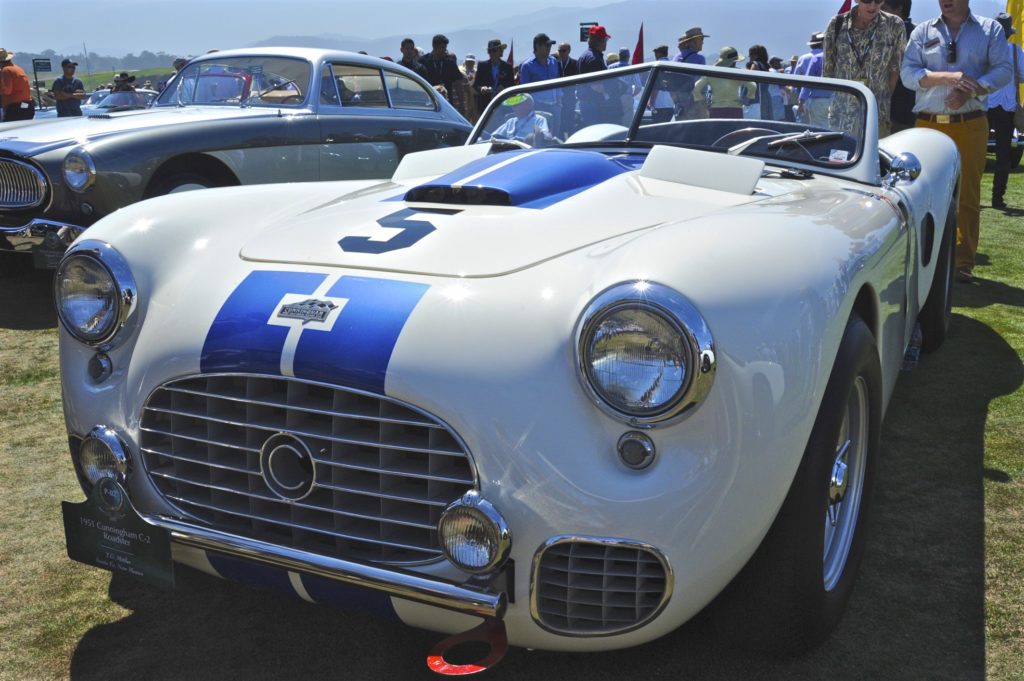
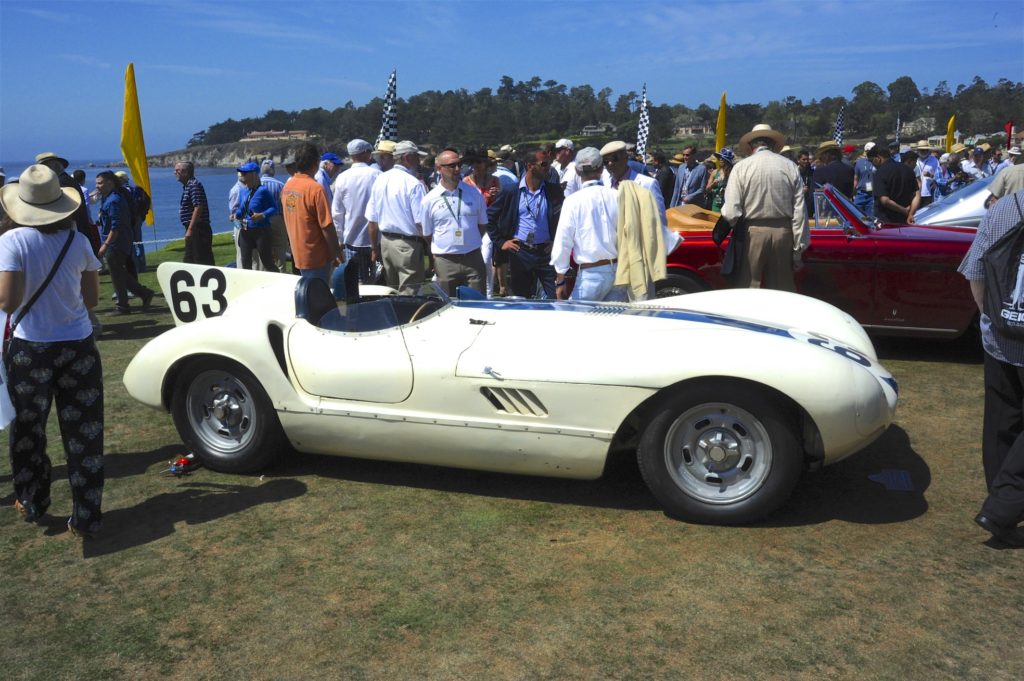
Greater success was experienced this side of the pond, with successive victories at the 12-Hours of Sebring in ’53 and ’54. The latter was with an OSCA MT4 driven by none other than Sir Sterling Moss and Bill Lloyd.
From 1950 – 55 Cunningham attempted to build the Vignale road cars for homologation and to support his racing program. The process of shipping cars to Italy and back for bodywork proved too lengthy for most customers, however, so not many were sold. In the end, only 28 road cars and 9 race cars were built. The C3 Vignales used the same body as the Ferrari 212 Export and were completely welded together.
New they cost anywhere from $9,000 to $15,000.
His teams raced again at LeMans from 1960-63, using Corvettes, Maseratis and Jaguar E-types.
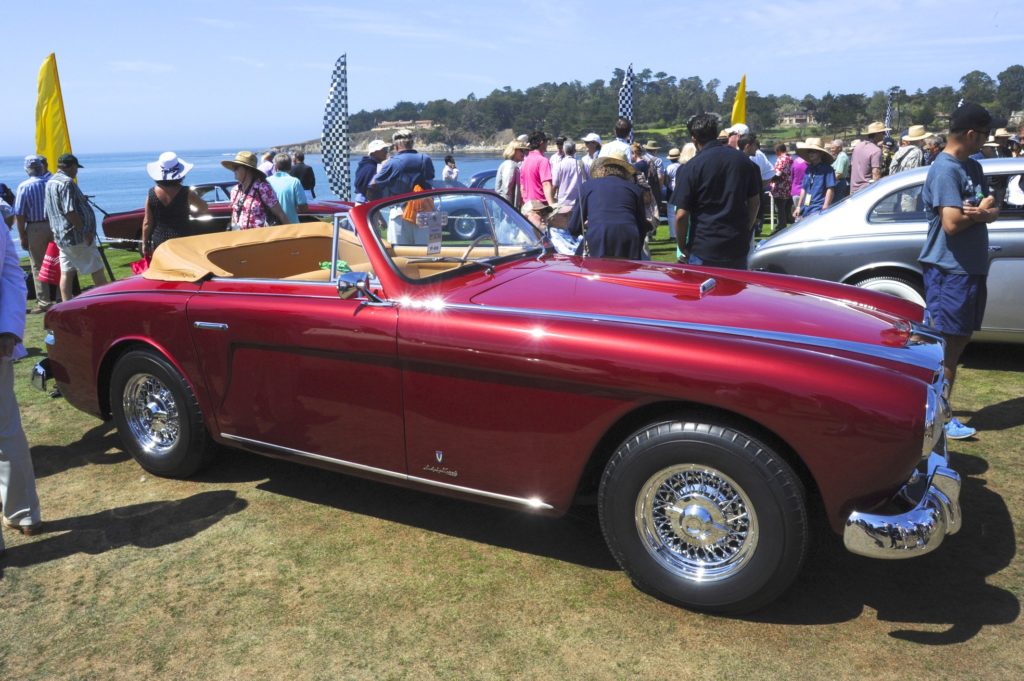
In the 10 races he drove at LeMans, Cunningham had two 3rds and 6 top-10 finishes. He kept most of his race cars and collected many others. They now reside at the Collier Collection in Naples, Florida. Briggs is remembered at the Pebble Beach Concours d’Elegance with the Briggs Cunningham Trophy given each year to the most exciting car. There are books written about this amazing man, a museum of his cars in Naples, Florida, and a website https://briggscunningham.com.
